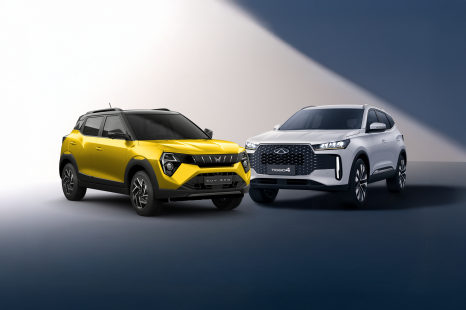

Andrew Maclean
4 Days Ago
Unsure of what the buttons in your new dual-cab ute or off-road SUV do? Here's a guide, plus some cautions to watch out for.
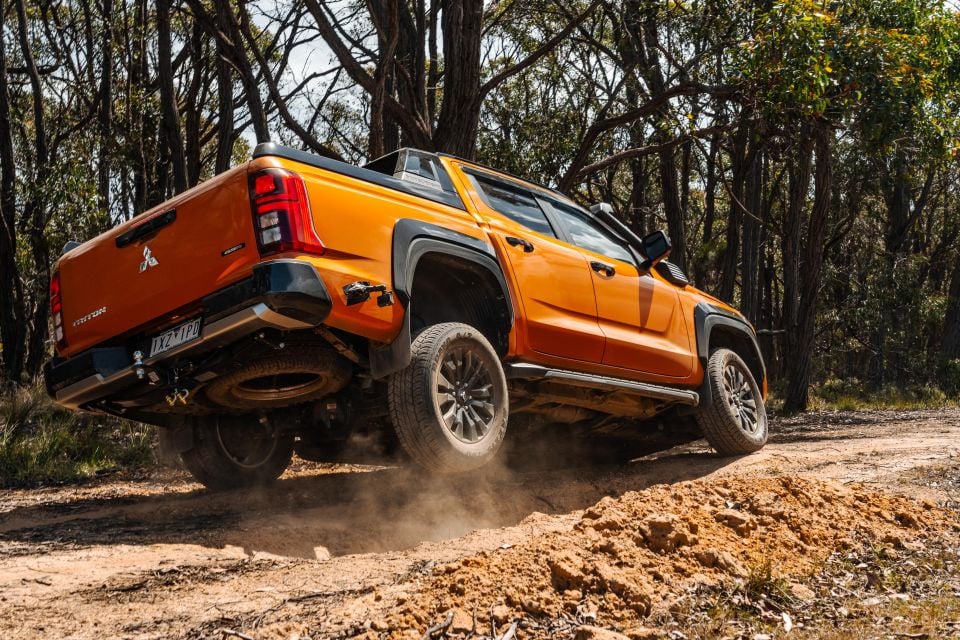


Quickly see how this car stacks up against its competition. Select any benchmark to see more details.
CarExpert does the hard work to get you the best price. No negotiating, no hidden costs, just expert help and real savings on your next new car.
The world of four-wheel-drive vehicles can be overwhelming for many buyers, especially when trying to distinguish between the different capabilities of utes and SUVs.
Both styles of vehicles are popular, but a lot of buyers don’t understand how to use the controls that come with their vehicles.
We’ve chosen the 2025 Mitsubishi Triton with Super Select 4WD to run through the differences between all the common four-wheel drive modes and how and when to use differential locks (and when not to use them!).
Most dual-cab utes on the market, such as the Toyota HiLux and Isuzu D-Max, are designed to be daily-driven in two-wheel drive (2WD) mode, specifically rear-wheel drive (RWD).


This setup is efficient for urban commutes and light-duty tasks. When venturing off-road, drivers can switch to four-wheel-drive modes, but typically these modes can’t be used on sealed surfaces such as bitumen – more on why later.
However, there are exceptions to this norm. Vehicles like theMitsubishi Triton, GWM Cannon and certain grades of Ford Ranger and Volkswagen Amarok, on the other hand, include a permanent four-wheel drive option that allows drivers to engage four-wheel drive on sealed roads without running the risk of driveline damage.
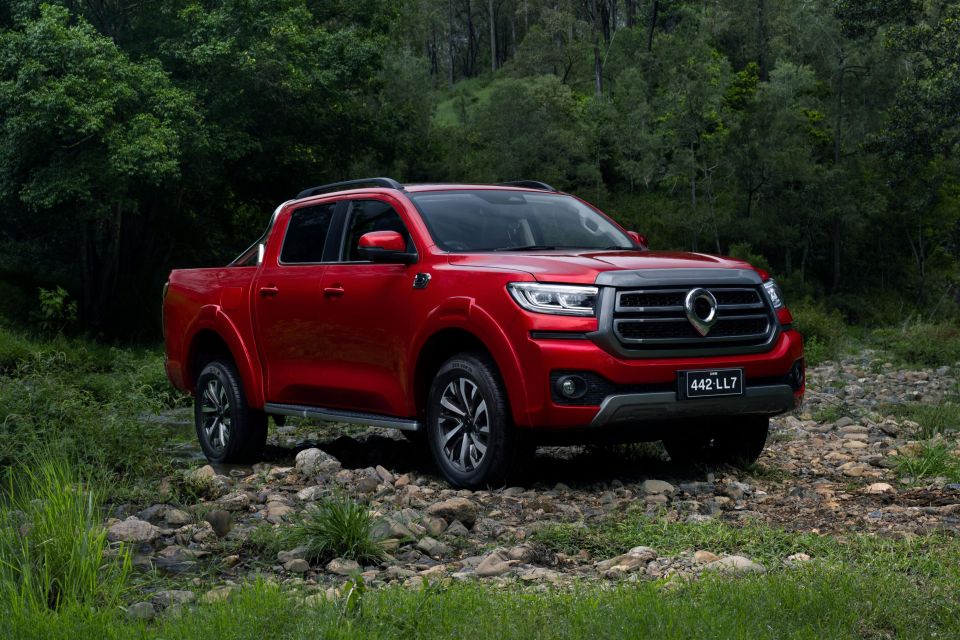
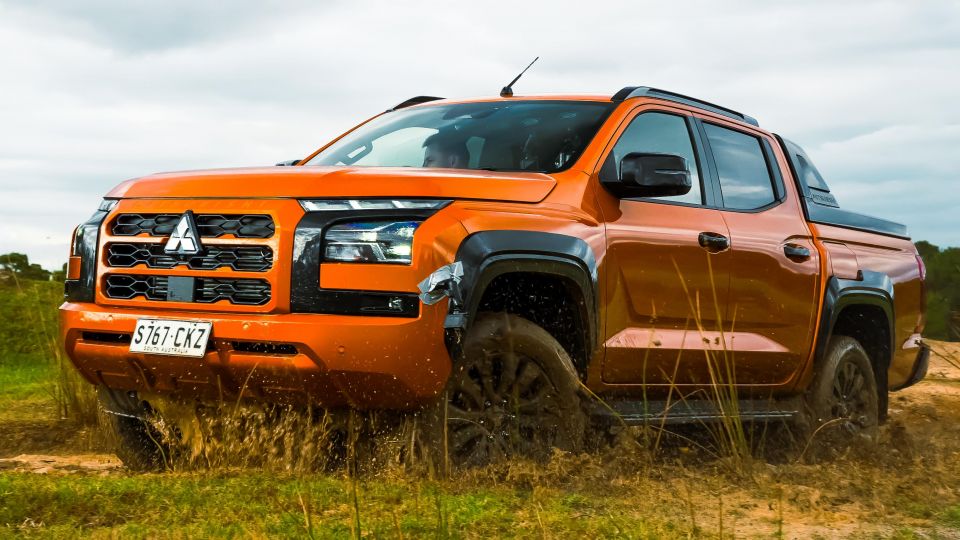
Most all-wheel drive SUVs offer on-demand all-wheel drive, or a permanent all-wheel drive system that’s capable of working across all surfaces.
An on-demand system works as a two-wheel drive most of the time, only engaging its second axle when slip is detected on the first axle. Some of these SUVs have a setting that locks them in a permanent four-wheel drive mode.
Most dual-cab utes are designed to operate in 2H mode during everyday driving. In this mode, only the rear wheels are powered, making the ute function like a traditional rear-wheel-drive vehicle.

The advantage of leaving a vehicle in two-wheel drive (even when equipped with four-wheel drive) is that you use less fuel due to only one axle requiring torque.
Here’s how it works:
However, when driving off-road, 2H mode offers the least traction. For example, if one of the rear wheels loses contact with the ground, an open differential will direct all available torque to the wheel with the least resistance—typically the wheel in the air.

In such cases:
To address this limitation, some vehicles offer a rear differential lock, which significantly improves traction.
A rear differential lock is a feature designed to split torque equally between the two rear wheels, regardless of traction conditions.
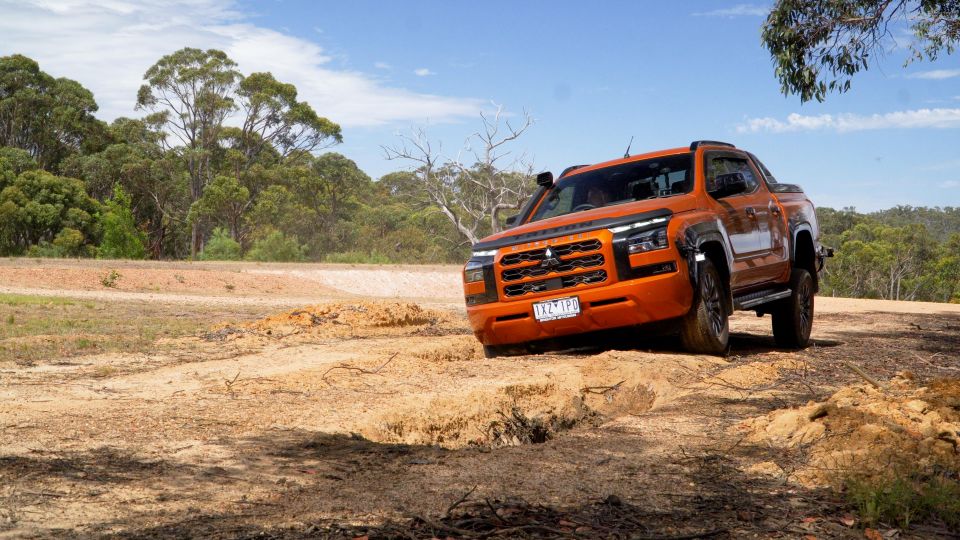
When engaged:
Key considerations:
The activation button for the rear differential lock often features a diagram of an axle with a “cross” symbol, making it easy to identify on the dashboard or the centre console.
Switching to 4WD high-range mode (4H) is ideal for off-road driving where additional traction is needed.
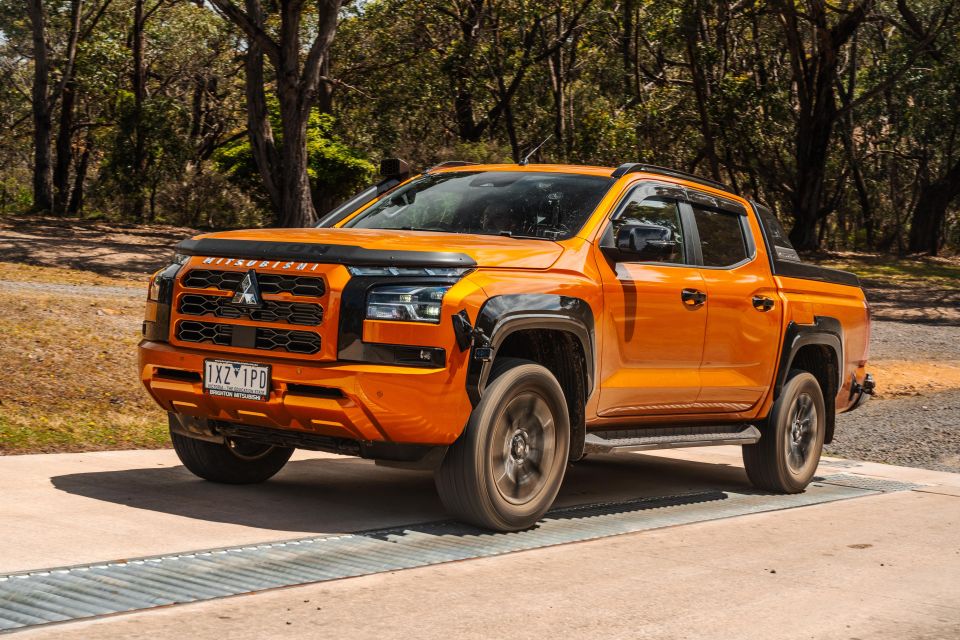
Vehicles like the Mitsubishi Triton can operate in 4H on sealed surfaces, while other vehicles, like the Isuzu D-Max and Toyota HiLux, as an example, can only operate in 4H on unsealed surfaces (more on this later).
This mode is suitable for:
However, it’s important to note that 4H sometimes doesn’t provide cross-axle locking. This means that if one front and one rear wheel lose traction simultaneously, the vehicle may still struggle to maintain momentum.
Traction control plays a vital role in this mode by redistributing torque between the axles, but it may not always be enough in extreme conditions. Pairing 4H mode with a rear differential lock can enhance traction further by ensuring that torque is evenly split across the rear wheels.
For the most challenging types of terrain, low-range four-wheel drive (4L) is your go-to mode.

This mode is designed for:
The key feature of 4L mode is its reliance on a low-range transfer case, which provides shorter gear ratios for greater torque at low speeds.
This allows the driver to:
To engage 4L:
This mode also disables systems like stability control and ABS in many vehicles, giving the driver maximum control over the vehicle’s movements in technical scenarios.
Low range effectively multiplies the amount of torque at each wheel. Depending on the vehicle, some dual-cab utes can offer up to 1:60 crawl ratios in low range, effectively multiplying engine torque at the wheels by 60.
One of the most common mistakes new 4WD owners make is engaging four-wheel drive on sealed roads in vehicles that don’t offer that functionality.
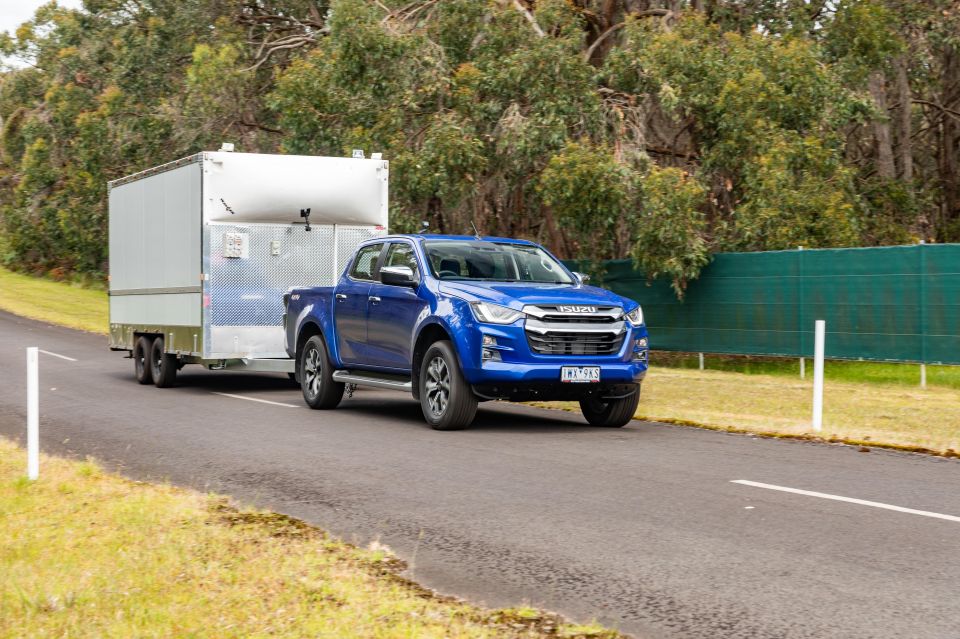
Here’s why it’s problematic:
For these reasons, it’s recommended to use 2H mode or AWD systems on sealed roads and reserve 4H, 4L, and differential locks for off-road conditions with sufficient wheel slip.
The exception to that rule is if you’re driving a vehicle equipped with a four-wheel drive system to use on-road, such as select variants of Mitsubishi Triton (with Super Select four-wheel drive), GWM Cannon, Ford Ranger (V6 and some four-cylinder variants) and Volkswagen Amarok (V6 and some four-cylinder variants), as an example.
Understanding the differences between utes and SUVs, as well as their respective driveline systems, is crucial for maximising performance and minimising wear and tear.
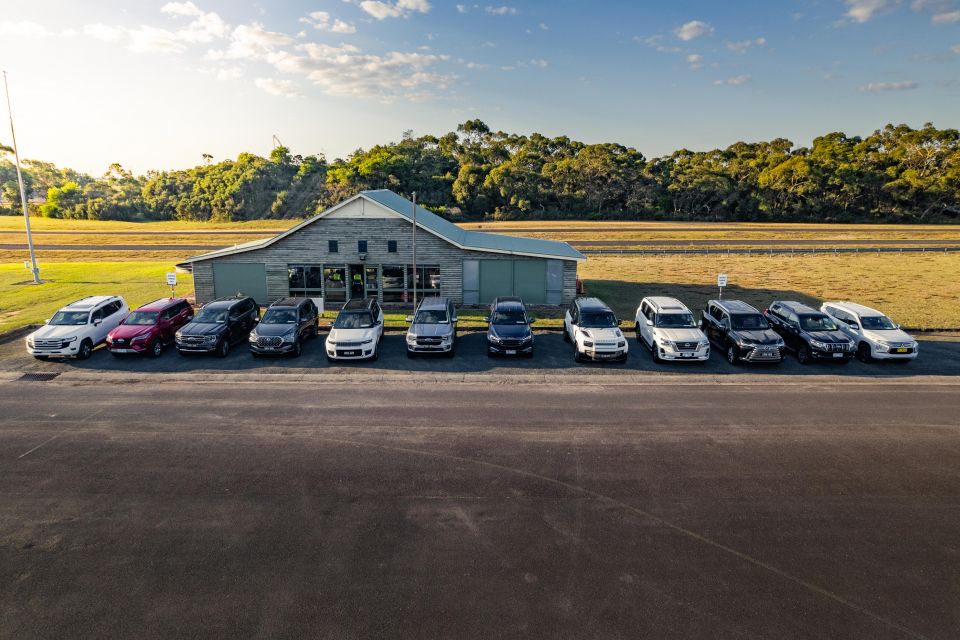
Utes are typically optimised for rear-wheel drive in everyday use, with 4WD modes reserved for specific off-road scenarios (unless equipped to do otherwise).
When using 4WD, remember to select the appropriate mode for the terrain, and if you’re driving a vehicle without 4H support for sealed surfaces always disengage 4WD and differential locks on sealed surfaces to prevent mechanical damage once you get back on to the black top.
Interested in buying a Mitsubishi Triton? Get in touch with one of CarExpert’s trusted dealers here
Click the images for the full gallery
CarExpert does the hard work to get you the best price. No negotiating, no hidden costs, just expert help and real savings on your next new car.
Paul Maric is an Australian car expert based in Melbourne, Australia. Paul is a founder of CarExpert.com.au & formerly part of the CarAdvice founding team.


Andrew Maclean
4 Days Ago
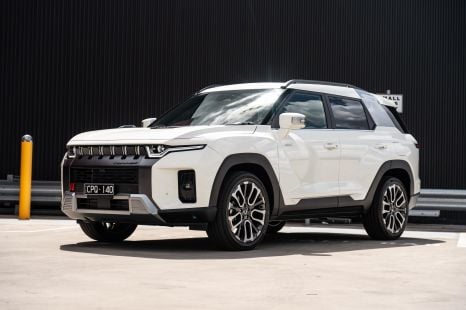

Max Davies
4 Days Ago
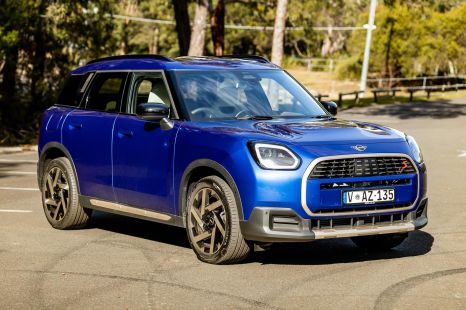

Matt Campbell
3 Days Ago
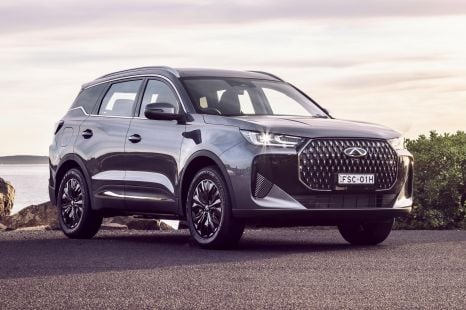

Max Davies
2 Days Ago
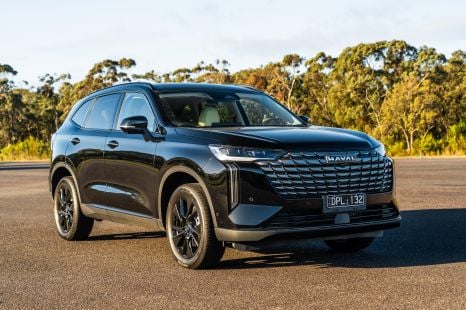

Josh Nevett
11 Hours Ago
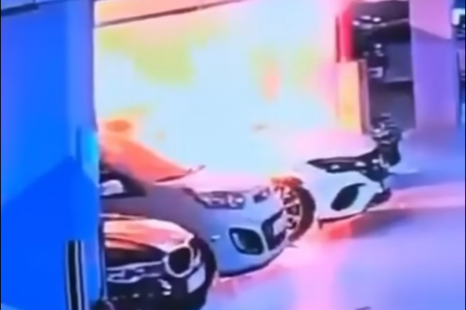

Damion Smy
8 Hours Ago